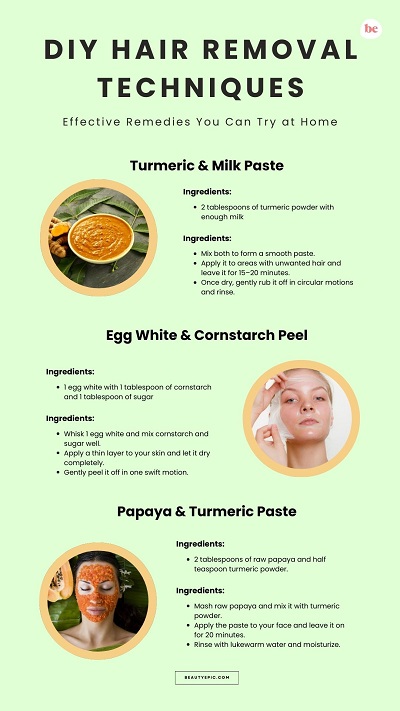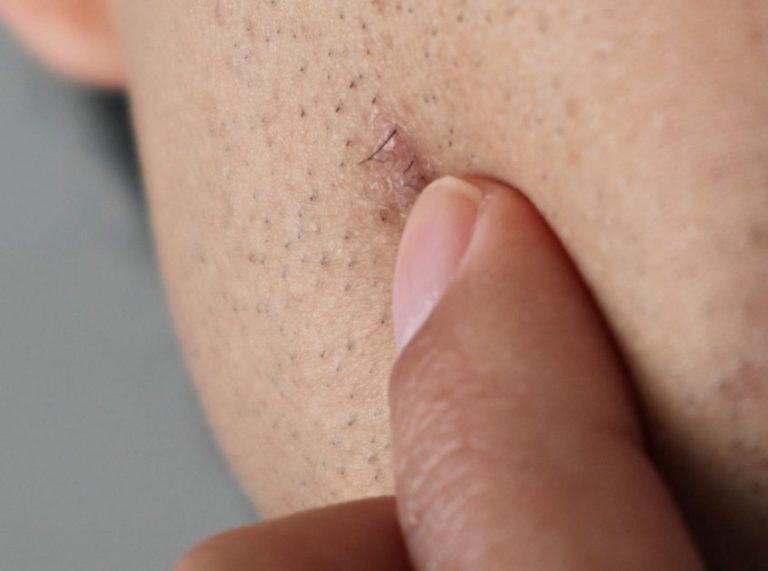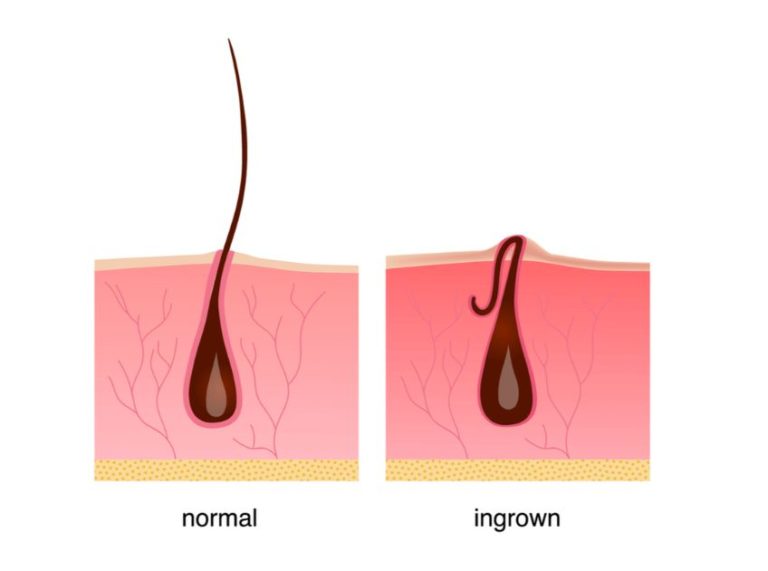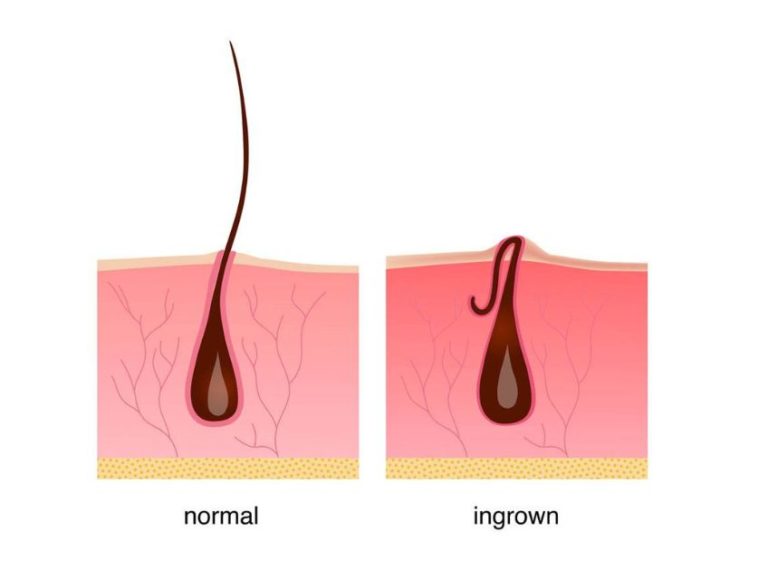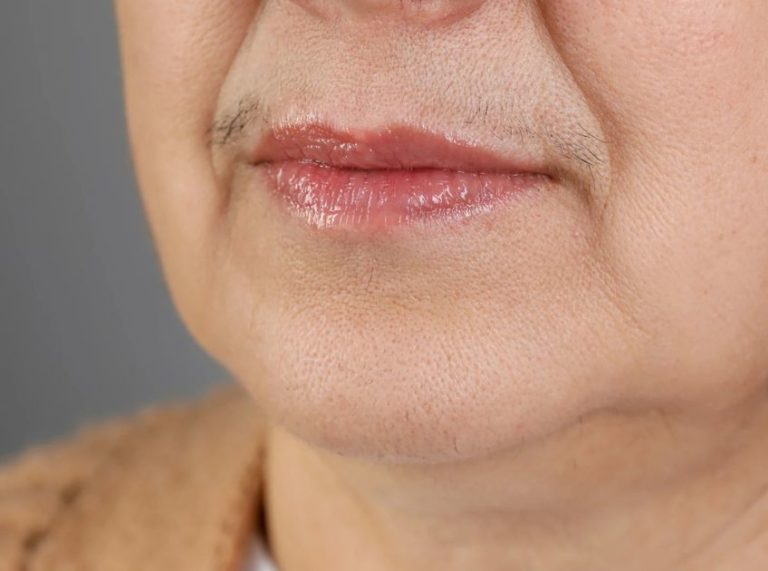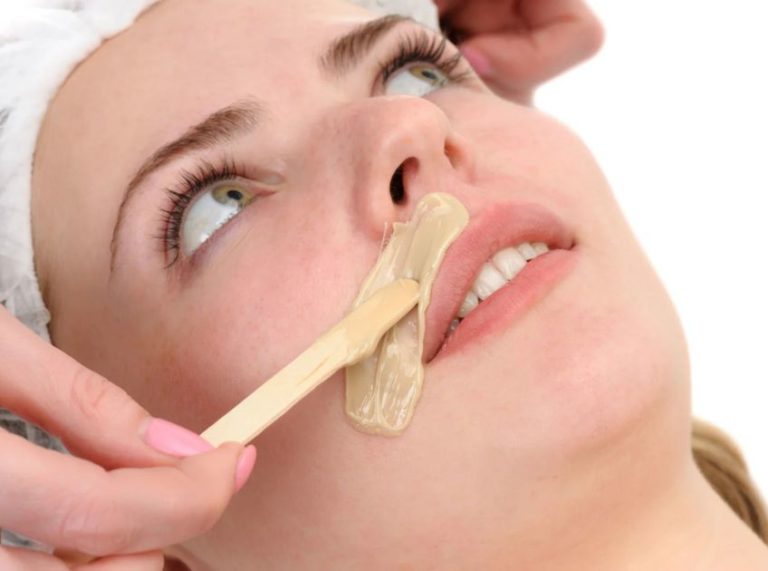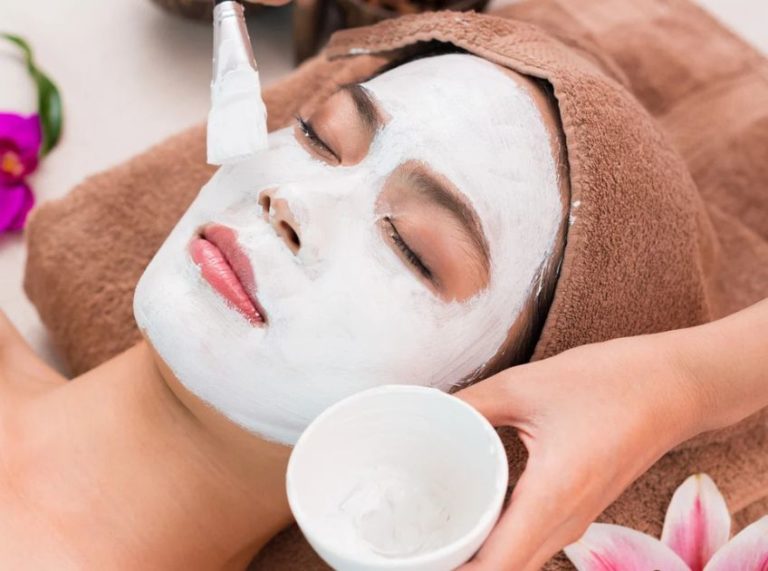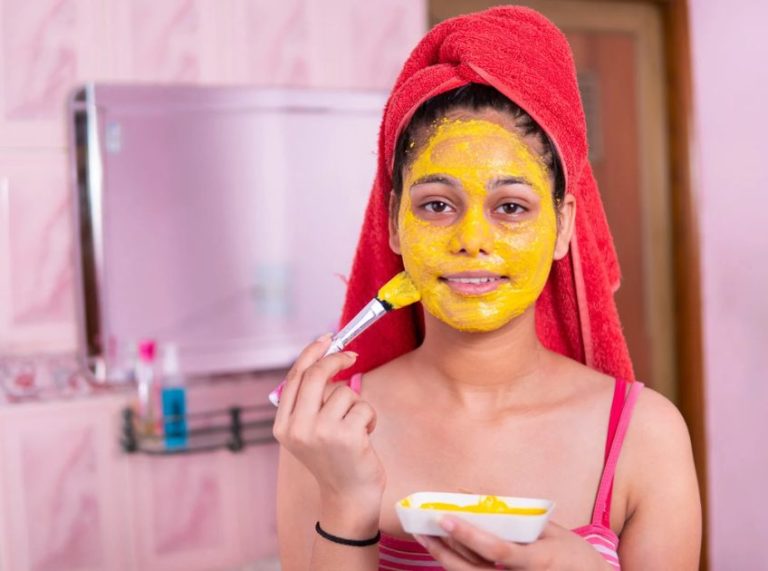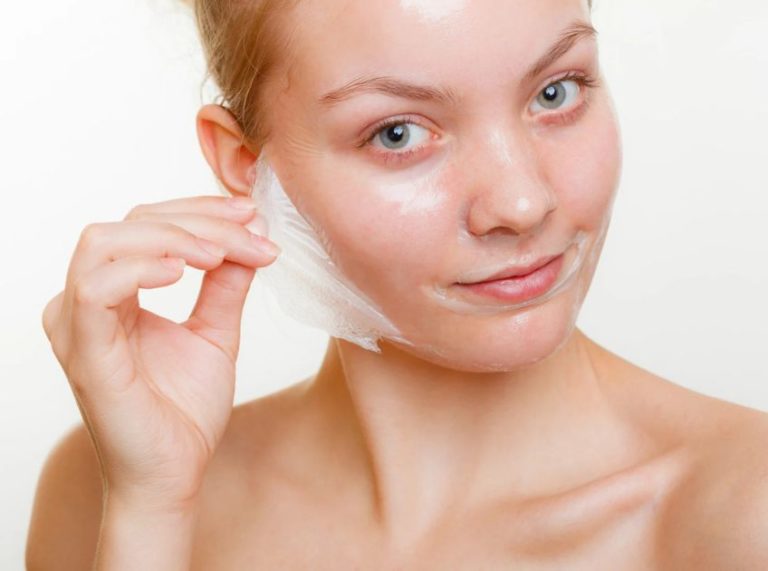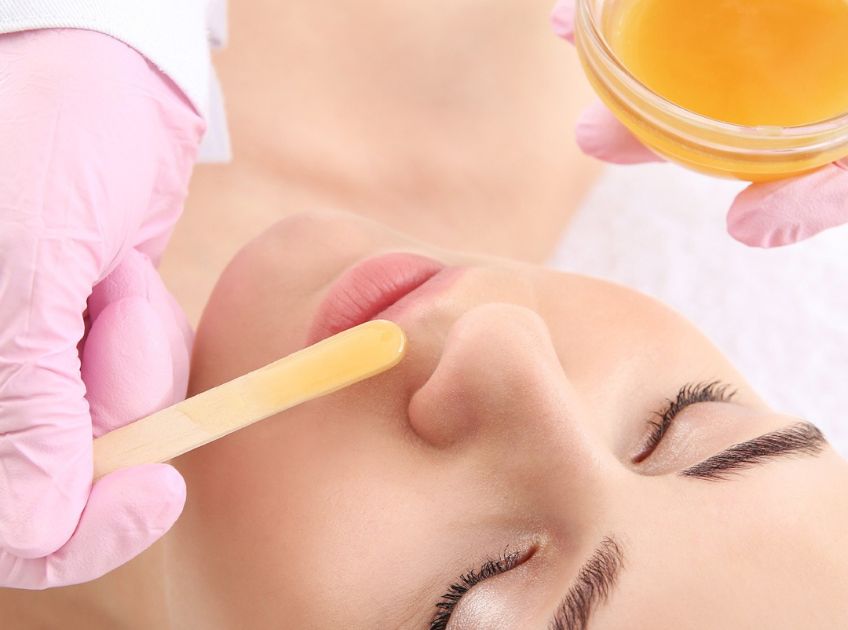
Important: This article is for informational purposes only. Please read our full disclaimer for more details.
Unwanted hair can be frustrating, but heading to the salon every time isn’t always convenient or budget-friendly. Luckily, several DIY hair removal techniques are safe, effective, and easy to try at home. From natural remedies to tried-and-tested methods, this guide covers expert-approved options that suit different skin types and preferences.
Article Contains
- Sugar Waxing – The Ancient Egyptian Secret
- Turmeric & Milk Paste – A Gentle Hair Growth Reducer
- Oatmeal & Banana Scrub – Exfoliate and De-Fuzz
- Papaya & Turmeric Mask – Perfect for Sensitive Skin
- Egg White Peel-Off Mask – A Natural Wax Substitute
- Lentil & Potato Paste – Natural Bleach and Hair Remover
- Gelatin Peel-Off Mask – Quick Fix for Stubborn Hair
1. Sugar Waxing – The Ancient Egyptian Secret
Best for: Legs, arms, underarms, and bikini line
This natural technique dates back to ancient Egypt and uses just three kitchen ingredients—sugar, lemon, and water.
How to make it
- Mix 1 cup sugar, ¼ cup lemon juice, and ¼ cup water.
- Heat the mixture until it turns golden and thickens into a sticky paste.
- Let it cool slightly, then apply it to the skin in the direction of hair growth and pull off against it.
Pro Tip: Dust the area with a little cornstarch before application to prevent sticking.
2. Turmeric & Milk Paste – A Gentle Hair Growth Reducer
Best for: Face and sensitive areas
Turmeric has anti-inflammatory properties and, when used regularly, can slow down hair regrowth.
How to make it
- Mix 2 tablespoons of turmeric powder with enough milk to form a smooth paste.
- Apply it to areas with unwanted hair and leave it for 15–20 minutes.
- Once dry, gently rub it off in circular motions and rinse.
Pro Tip: For stubborn hair, add a pinch of gram flour to make the paste slightly abrasive.
3. Oatmeal & Banana Scrub – Exfoliate and De-Fuzz
Best for: Arms, legs, and face
This natural scrub removes fine facial hair and softens the skin at the same time.
How to make it
- Mash 1 ripe banana and mix it with 2 tablespoons of oatmeal.
- Apply the mixture to your skin and massage gently in circular motions for 15 minutes.
- Rinse off with lukewarm water.
Pro Tip: Use this scrub twice a week to gradually reduce fine hair over time.
4. Papaya & Turmeric Mask – Perfect for Sensitive Skin
Best for: Face and areas prone to irritation
Papaya contains an enzyme called papain that breaks down hair follicles and reduces regrowth.
How to make it
- Mash 2 tablespoons of raw papaya and mix it with ½ teaspoon turmeric powder.
- Apply the paste to your face and leave it on for 20 minutes.
- Rinse with lukewarm water and moisturize.
Pro Tip: Use this mask once a week for best results, especially if you have sensitive skin.
5. Egg White Peel-Off Mask – A Natural Wax Substitute
Best for: Upper lip, chin, and cheeks
Egg whites create a sticky layer that lifts off fine hair when peeled away.
How to make it
- Whisk 1 egg white with 1 tablespoon of cornstarch and 1 tablespoon of sugar.
- Apply a thin layer to your skin and let it dry completely.
- Gently peel it off in one swift motion.
Pro Tip: This method works best for fine, light facial hair rather than coarse growth.
6. Lentil & Potato Paste – Natural Bleach and Hair Remover
Best for: Arms and legs
This DIY method lightens hair while loosening it from the roots.
How to make it
- Soak ½ cup yellow lentils overnight and grind them into a fine paste.
- Add 1 tablespoon of potato juice, 1 teaspoon of honey, and 1 teaspoon of lemon juice.
- Apply to the skin and leave for 20–30 minutes.
- Gently scrub it off to remove hair naturally.
Pro Tip: Repeat weekly for smoother and lighter-looking skin.
7. Gelatin Peel-Off Mask – Quick Fix for Stubborn Hair
Best for: Nose, chin, and facial peach fuzz
Gelatin works like a homemade wax that grips fine hair and removes it painlessly.
How to make it
- Mix 1 tablespoon of unflavored gelatin with 2 tablespoons of milk and a few drops of lemon juice.
- Heat it for 10 seconds until smooth, then apply a thin layer to your skin.
- Once dry, peel it off gently.
Pro Tip: Avoid applying near eyebrows or eyelashes, as it can pull off hair unintentionally.
Safety Tips Before You Start
- Do a patch test to avoid allergic reactions.
- Moisturize after treatment to soothe skin.
- Avoid sun exposure immediately after using peel-off masks or scrubs.
- Be consistent—DIY techniques often work best when done regularly.
The Science Behind DIY Hair Removal
Research suggests that natural remedies like turmeric, papaya enzymes, and sugar-based pastes may contribute to reduced hair growth over time (1). According to a study published in the Journal of Cosmetic Dermatology, papain (an enzyme in papaya) can weaken hair follicles and slow regrowth.
However, results vary based on hormonal factors, hair thickness, and skin type, so it’s important to choose a technique suited to your needs.
Frequently Asked Questions (FAQ’S)
1. Which DIY hair removal method is safest for sensitive skin?
A. Sugaring, threading, and natural masks are generally gentler and less irritating compared to waxing or depilatory creams. Always do a patch test first.
2. How do I prevent ingrown hairs after DIY hair removal?
A. Exfoliate 1–2 times a week, keep your skin moisturized, and avoid wearing tight clothing immediately after hair removal.
3. Can at-home IPL devices permanently remove hair?
A. Not exactly. IPL significantly reduces hair growth, but maintenance sessions may be needed every few months for long-lasting smoothness.
Final Thoughts
DIY hair removal can save you time, money, and salon visits if done correctly. Whether you prefer quick fixes like shaving, long-lasting methods like waxing, or gentle natural remedies, there’s an option for everyone. Always prioritize skin health by patch-testing products, using clean tools, and following aftercare tips to avoid irritation.
